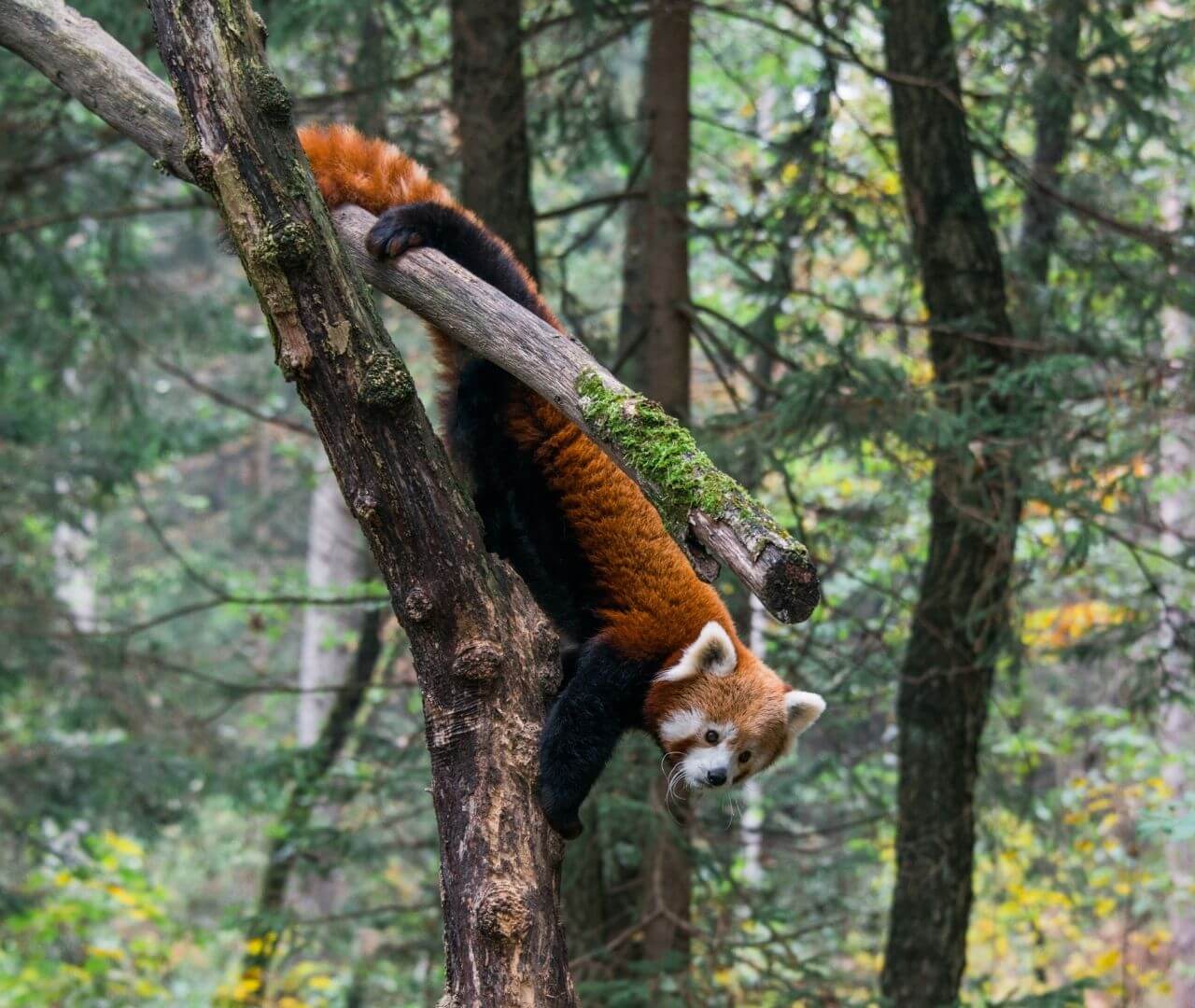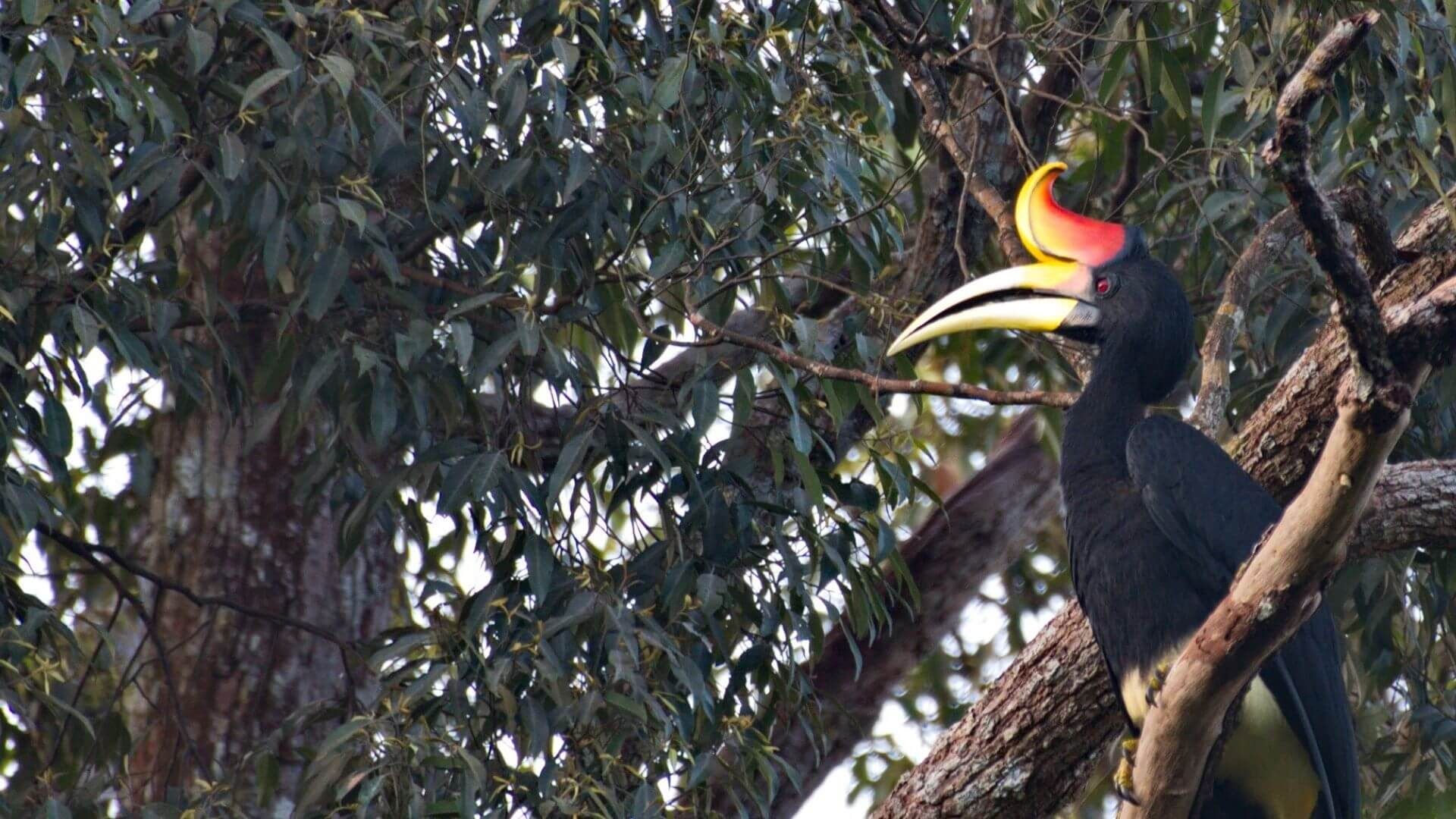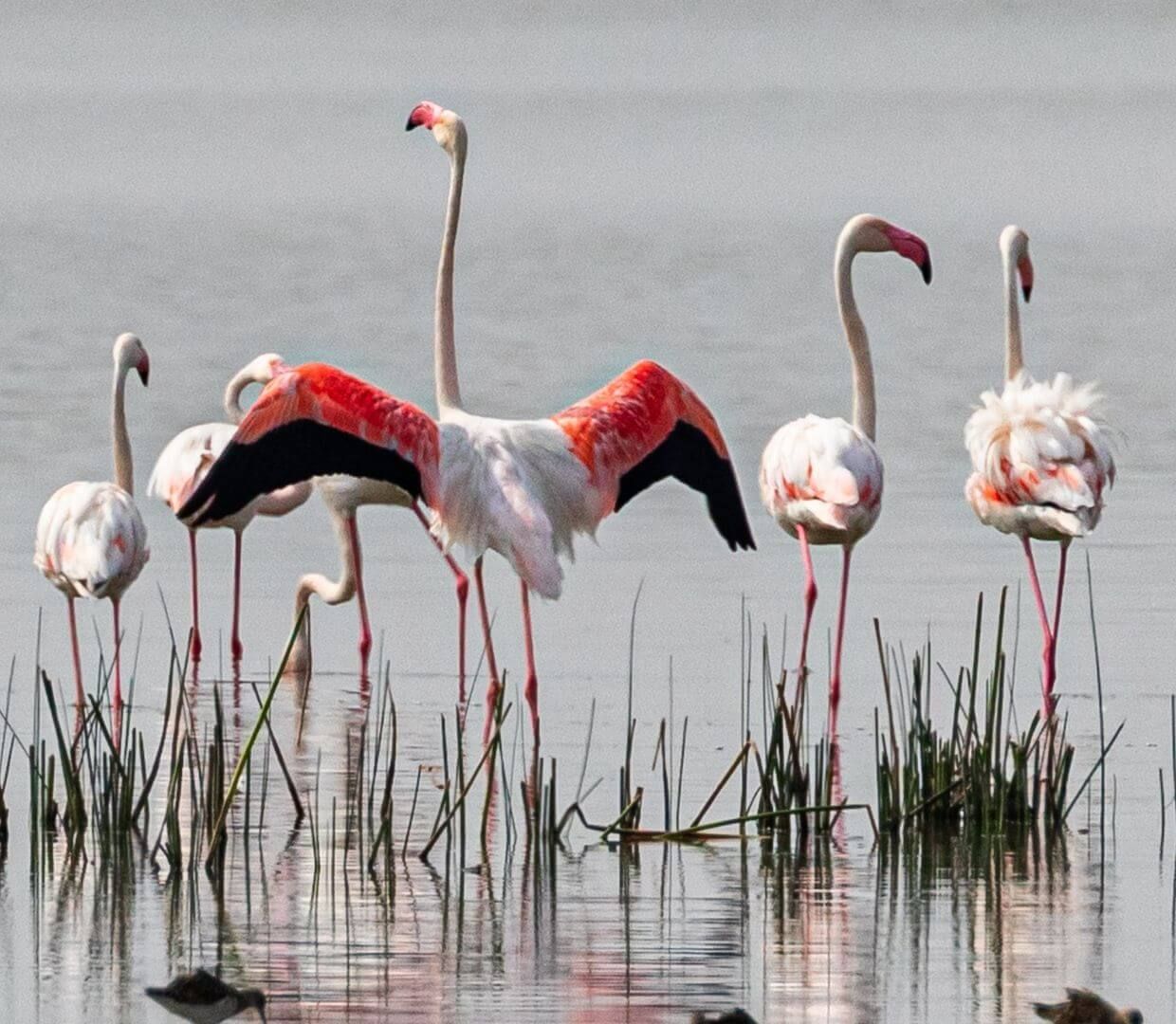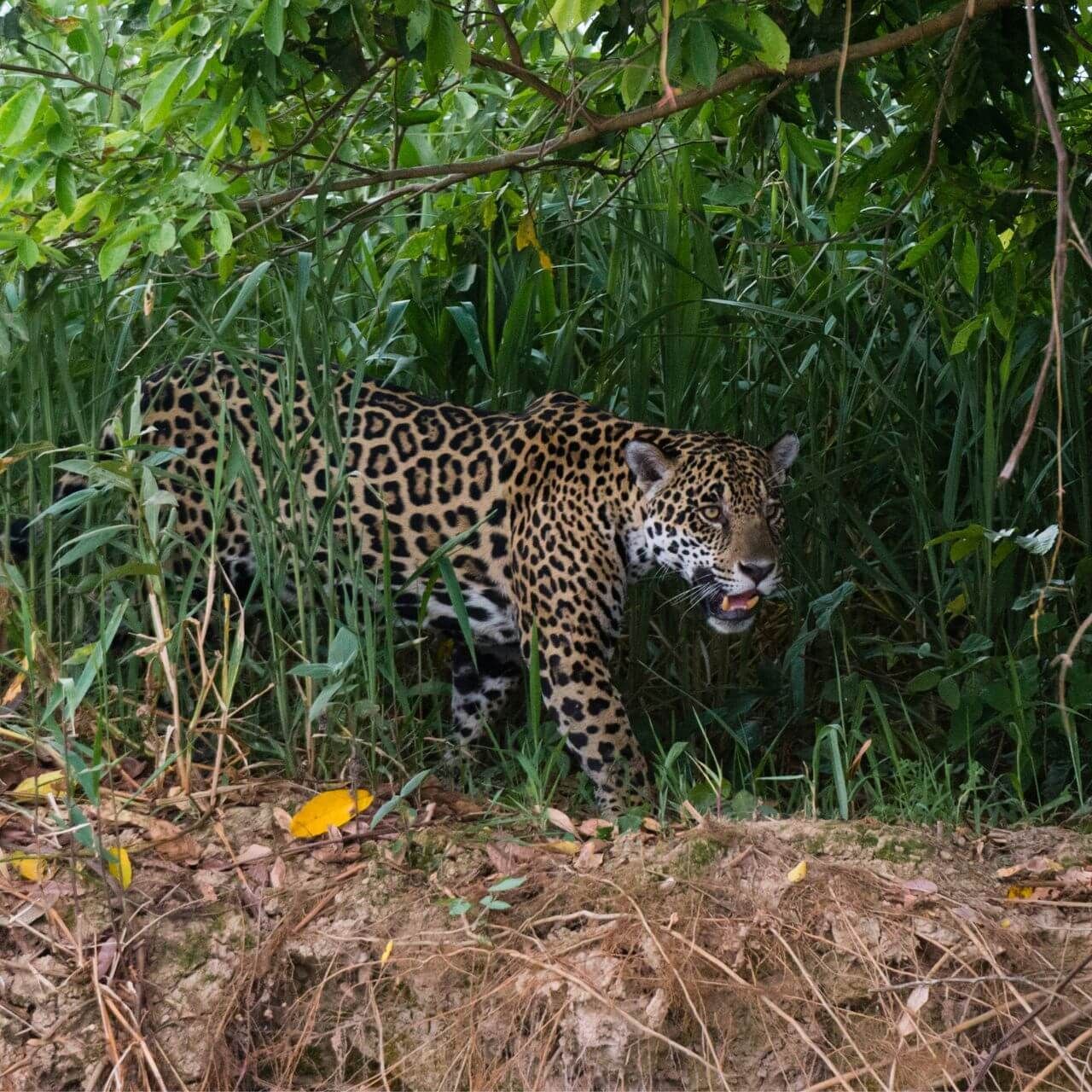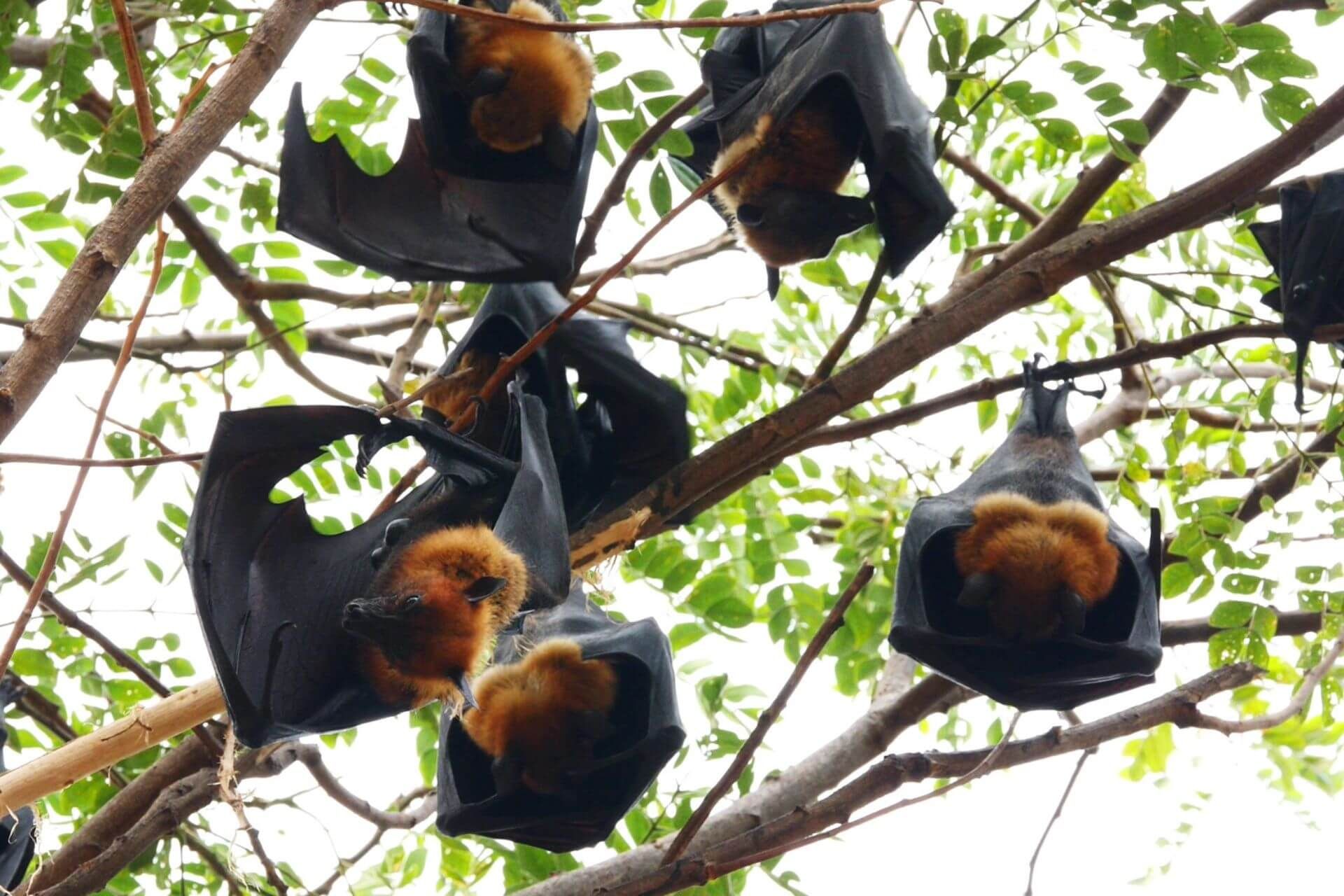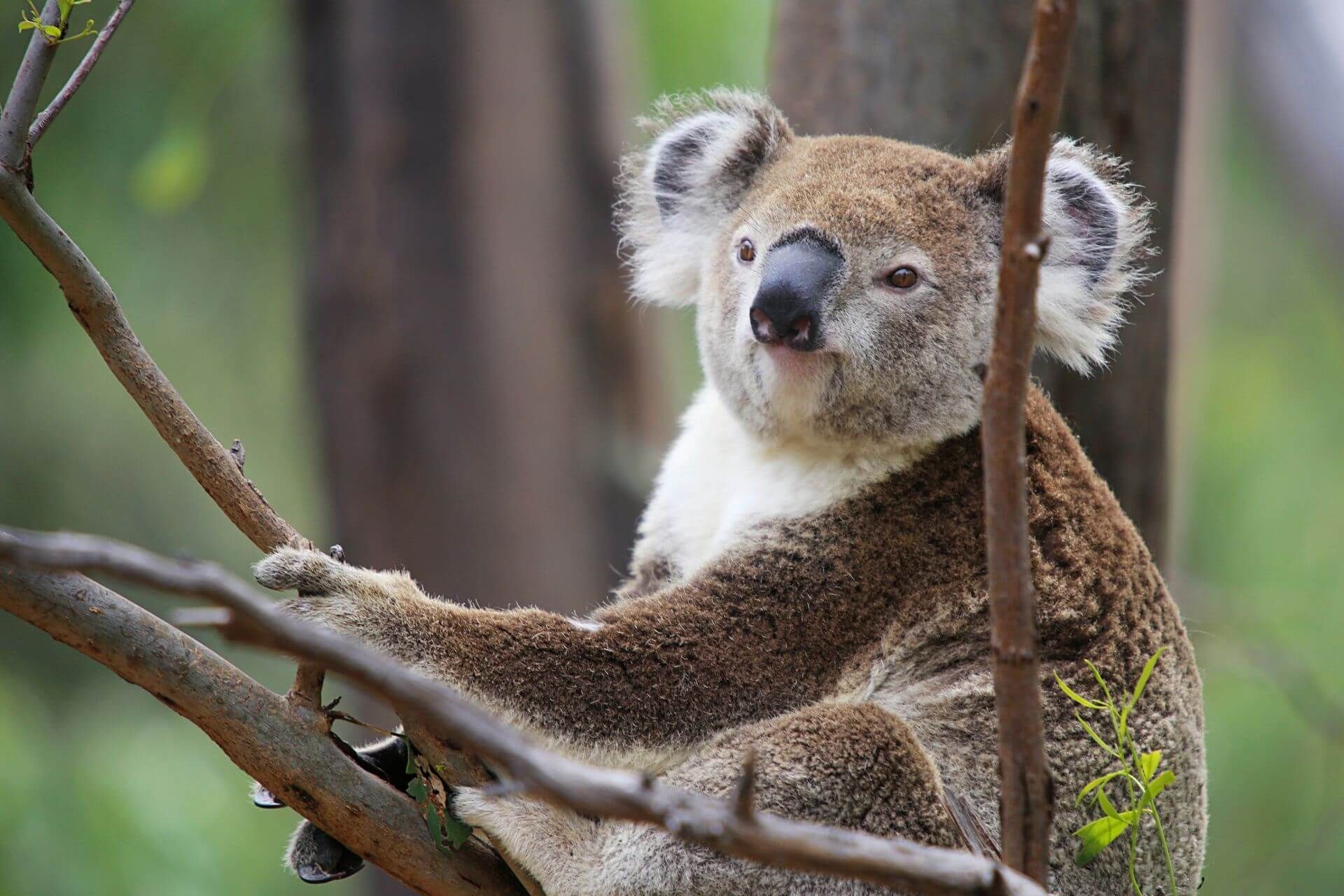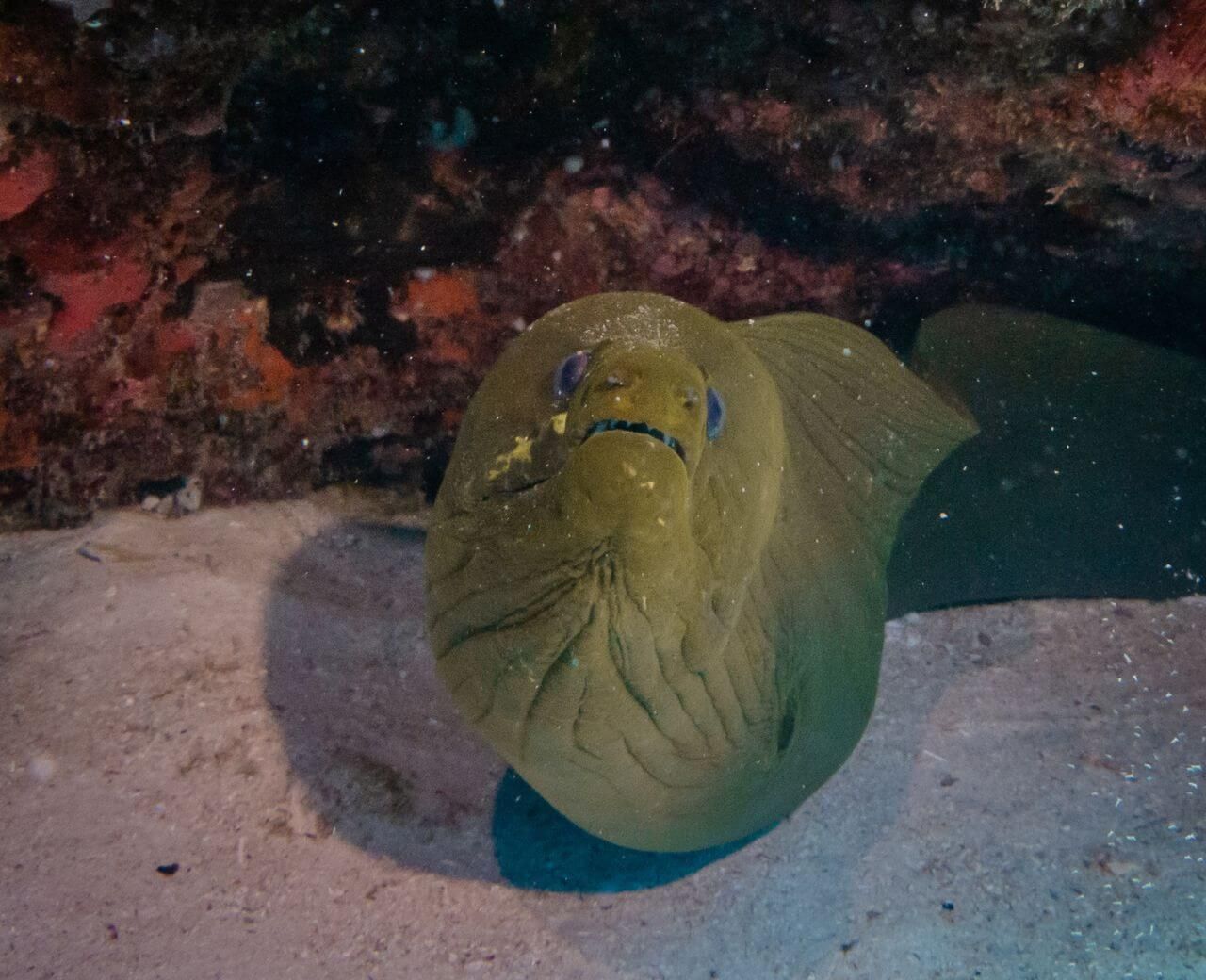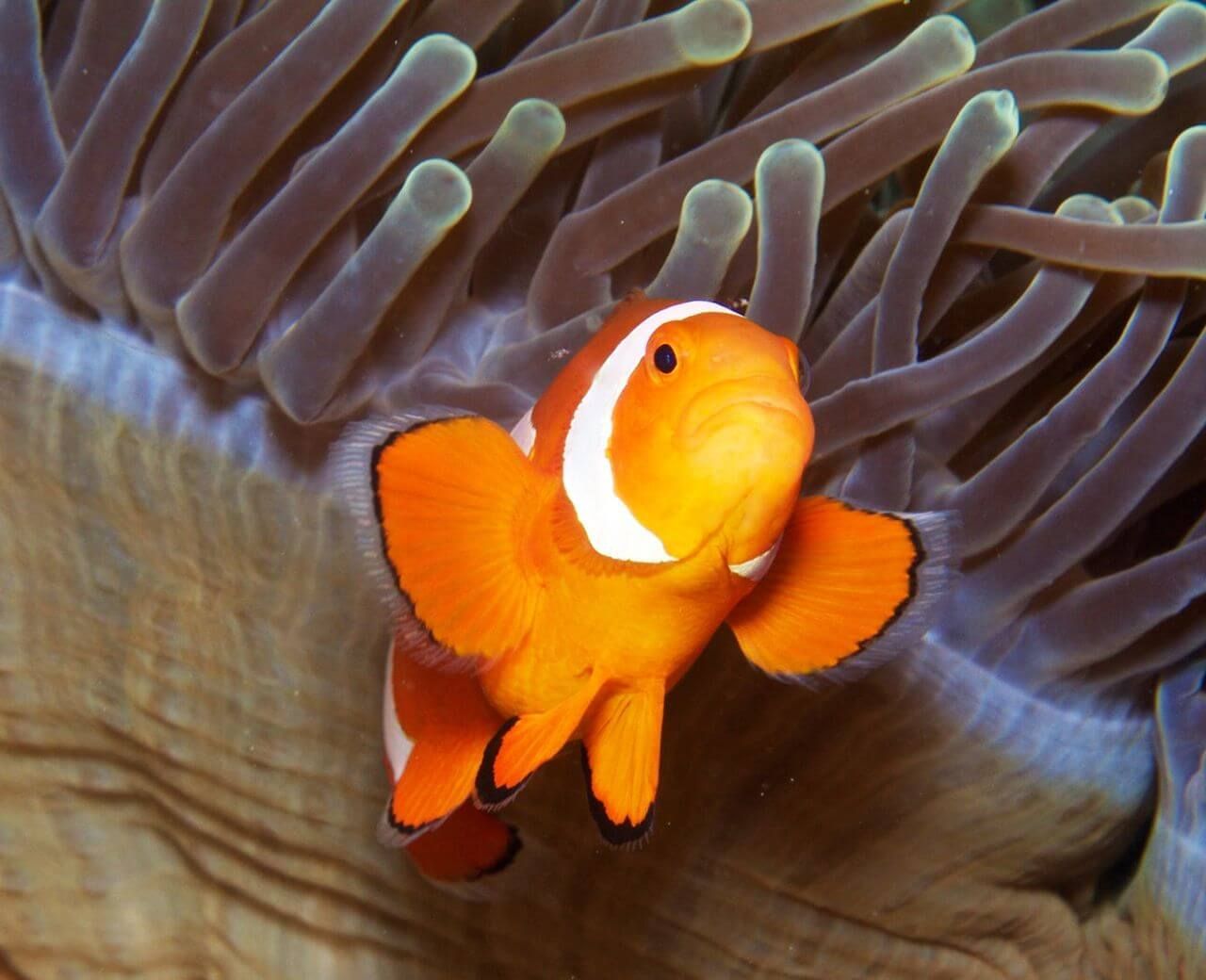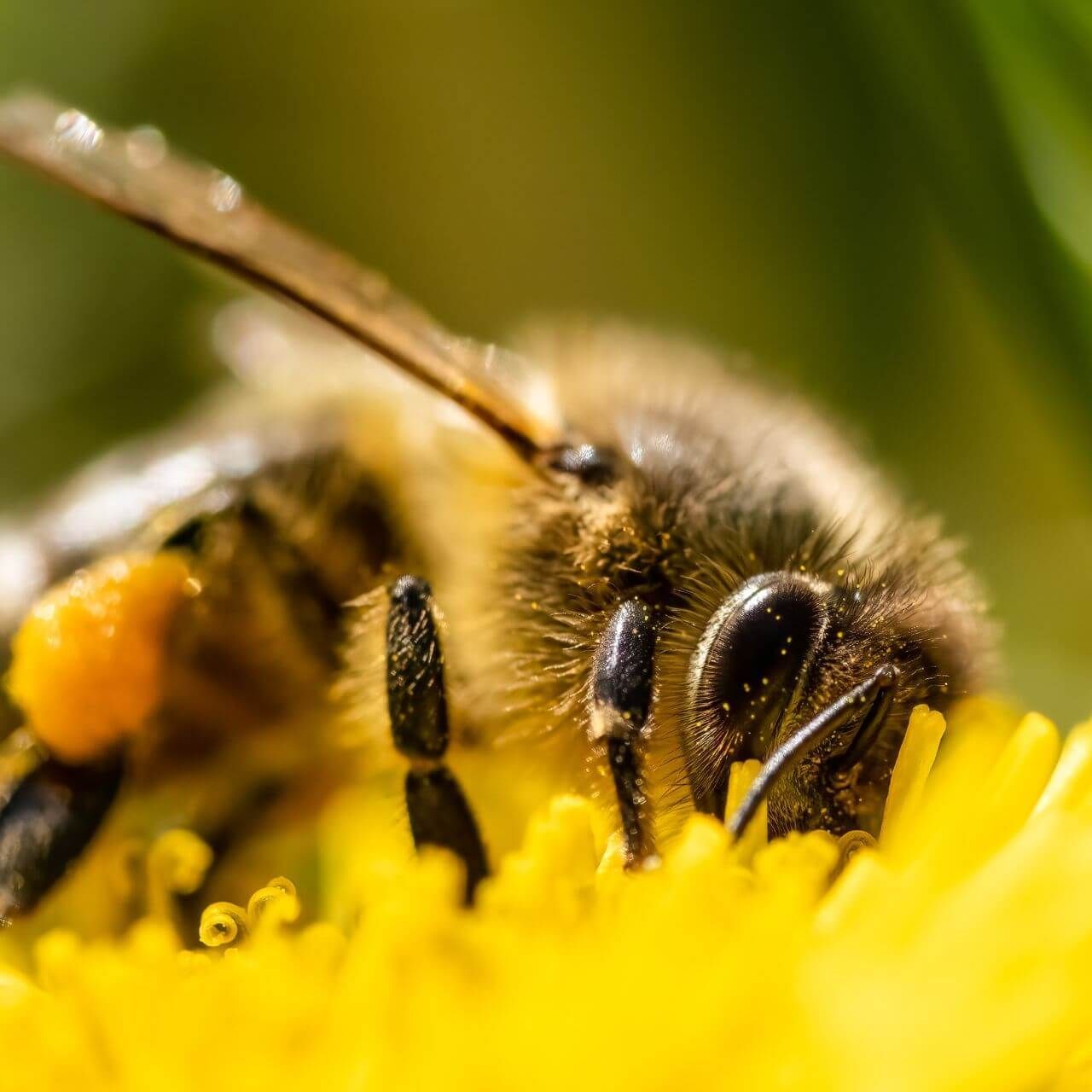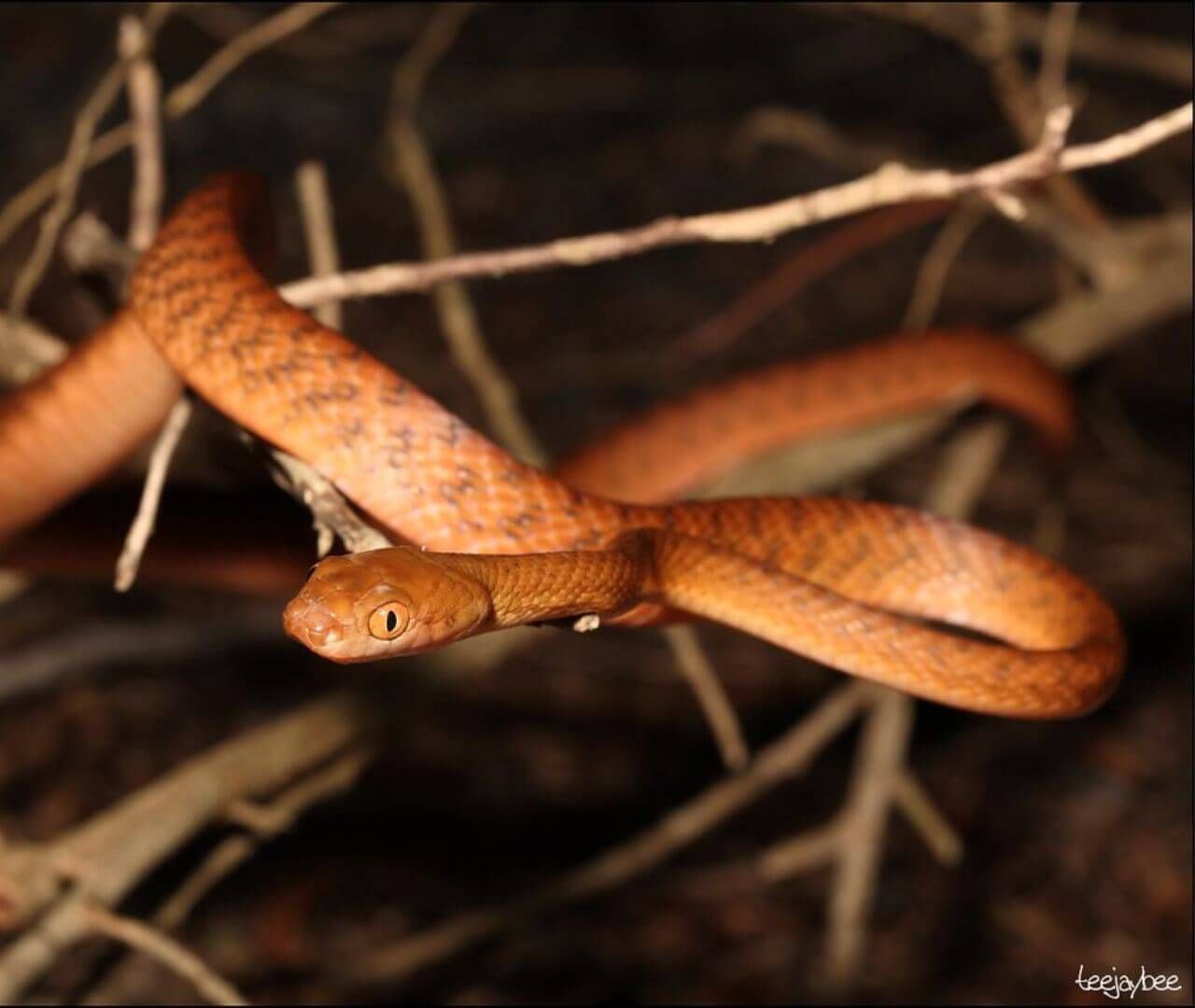Animal Groups
Do All Animals Live in Groups?
While some animals live in groups with other members of their species (and sometimes even other species), some animals prefer to live alone. Animals that live alone are called solitary. Tigers, polar bears, red pandas, and many other animals are solitary.
Many solitary animals are territorial, meaning they don’t like having others in their space. They may mark their territory or even fight with others to keep them out. Living alone has some advantages such as not needing to share food!
Naming Animal Groups
While there are many solitary species, there are also many social animals! Animals that live in social groups are called gregarious.
Sometimes, animal groups have funny names, like a…
- Pride of lions.
- Herd of elephants.
- Flamboyance of flamingos.
- Committee of vultures.
How Do Animal Groups Interact?
Some gregarious animals, like lions, live in small family groups. Other gregarious animals, like flamingos, live in large, flexible social groups. A flamingo may leave or join the group at any time with no real change to the structure of the group.
Some gregarious animals work as a team for the good of the group as a whole. Elephants live in herds where all the adults work to protect each other’s offspring. Meerkats live in a group called a mob. They make alarm sounds when they see danger to warn the rest of the group to take cover. Ants and bees live in colonies. They live in complicated, intricate social groups where each member has an important job.
Other gregarious animals may live together, but they are more focused on their own survival rather than caring for the group as a whole. Caribou, schooling fish, and many penguins are like this.
Why Do Animals Live In Social Groups?
Safety In Numbers
If an animal is living in a group, they are less likely to be eaten by a predator. Imagine this… you’re a fish! You’re swimming through the ocean all alone when suddenly, there is a shark. There is a pretty good chance you’re going to be the fish that gets eaten since it’s just you and the shark. But if you were in a group of 100 fish and suddenly there is a shark, there is only a 1/100 chance that YOU will be the fish that gets eaten!
Hunting As a Team
For predators, living in a group can be a helpful way to catch prey more easily since they can work as a team! African painted dogs live in large packs that work together to catch prey, like antelope. They spread out across the area and take turns leading the chase to make sure their prey doesn’t outrun them. They then share their meal with the whole pack!
Mate Availability
Instead of having to search and signal for a mate, many gregarious animals live with potential mates, year-round! Bison travel across grasslands in giant herds. When the breeding season arrives in the spring, they join herds and males compete for mates.
Help With Offspring
Some animals that live in groups also work together to raise their offspring. When a baby squirrel monkey is born, many females in the group will help care for it. They will even take turns carrying the baby on their backs.
Challenges of Living In a Group
While there are a lot of benefits of living in a group, there are a few negative aspects, as well. Any food that is caught by the group is usually shared by the group, meaning smaller amounts of food for each individual.
For many gregarious animals, living in a group can cause competition within the group for dominance or access to food. The dominant male in a troop of baboons is constantly under threat from other males in the group for dominance.
Lastly, living in a group makes animals vulnerable to one enormous threat… people. When humans poach (meaning hunt or take from the wild) animals like fish, deer, or buffalo, it is easier to find and catch one (or many) when they are in a large group.
Overall, living in a group can be very beneficial and many animals depend on their groups for protection and survival.
Want To Learn More?
Check out EdZOOcating Adventures' Animal Groups lesson with videos, quizzes, activities, projects, glossaries, and more.
Animal Groups Lesson
$8 (No Expiration Date)Membership
Gain access to 70+ lessons for just $10/month or $100/year.

